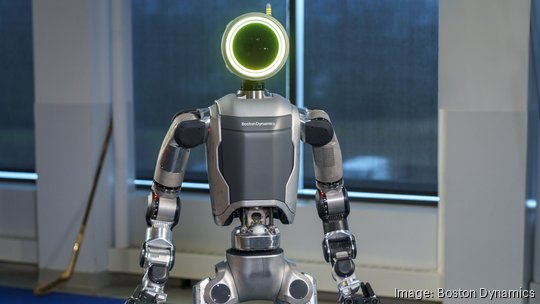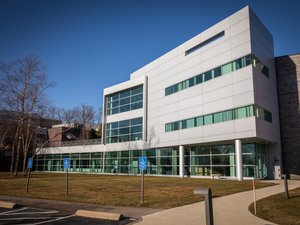
In a move that brings us all slightly closer to a sci-fi movie, Boston Dynamics is partnering with Toyota Research Institute to use its AI research to accelerate the development of "general-purpose" humanoid robots.
The partnership will use Boston Dynamics' E-Atlas robot, its highest-performance and most flexible electrically actuated humanoid robot. TRI will lend its research into large behavior models, allowing the two companies to advance the capabilities of humanoid robots.
“I think one of the things both Boston Dynamics and TRI are interested in is building something that is truly robust, that truly meets the real world where it's at with all the natural variation for the applications that we're interested in,” said Scott Kuindersma, the senior director of robotics research at Boston Dynamics.
Kuindersma and his team of 50 engineers are interested in improving their Atlas robot model to the point where they have flexible “mobile manipulators” that will fill existing autonomy gaps in factories, warehouses, and eventually domestic situations.
Specifically, Boston Dynamics is looking into repeatable processes that can bring about complex manipulation skills in robots.
- Sign up for The Beat, BostInno’s free daily innovation newsletter. See past examples here.
To do that, Boston Dynamics will use TRI’s work with large behavior models, using extensive libraries of behavioral information to train robots and generate human-like behaviors to move towards their goal.
According to Kundersima, the partnership is less about developing a new consumer product in the next year and more about advancing research in humanoid robotics.
“We think these are things that are going to require care and rigor to study and understand, and that's why we're building this team,” Kuindersma said.
Boston Dynamics is building a separate lab for the two teams at its headquarters to support the collaboration. The new space will allow TRI and Boston Dynamics researchers to collaborate and run experiments on Atlas Robots in real-time.
Boston Dynamics declined to give details about the size and scope of the new facility.
The partnership contract is for a minimum of one year, but Kundersima anticipates the partnership will continue beyond that.
“When put together, we make a really powerful team that has a very capable humanoid platform that we can use for doing this basic research, as well as a really deep understanding of good practices for building and training and deploying these models and robots,” Kuindersma said.








